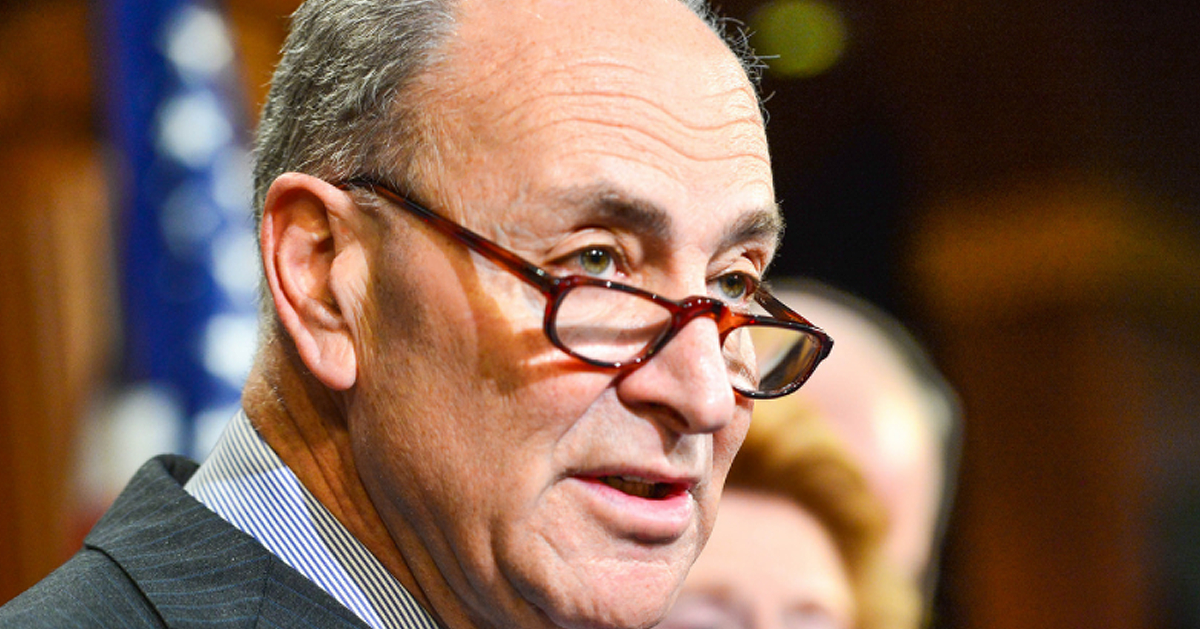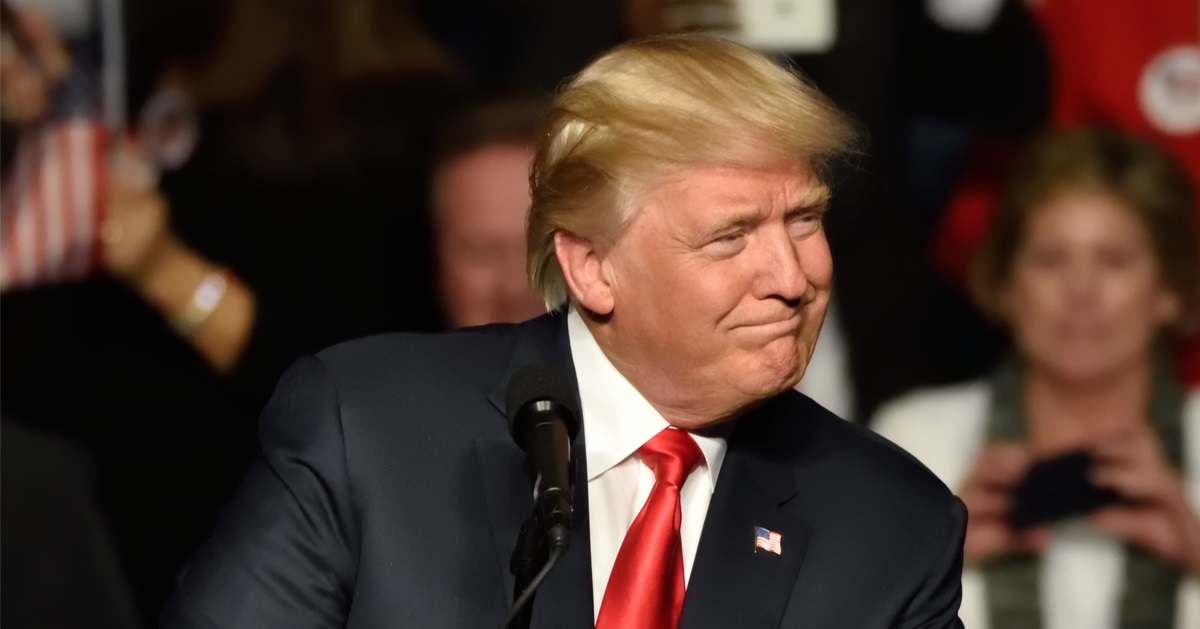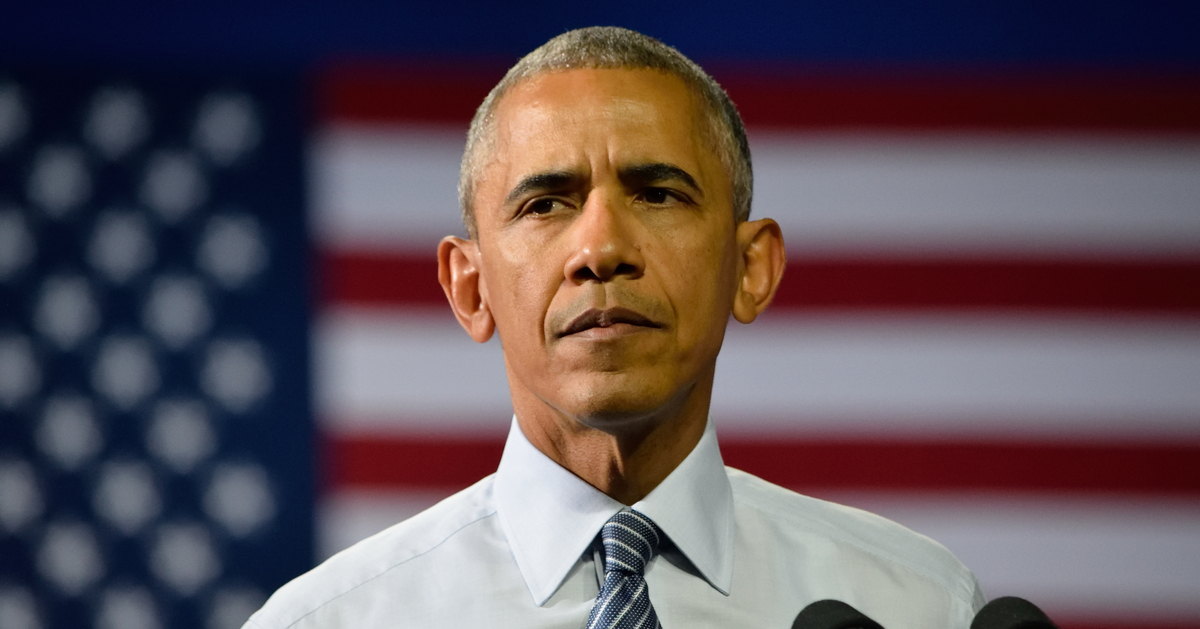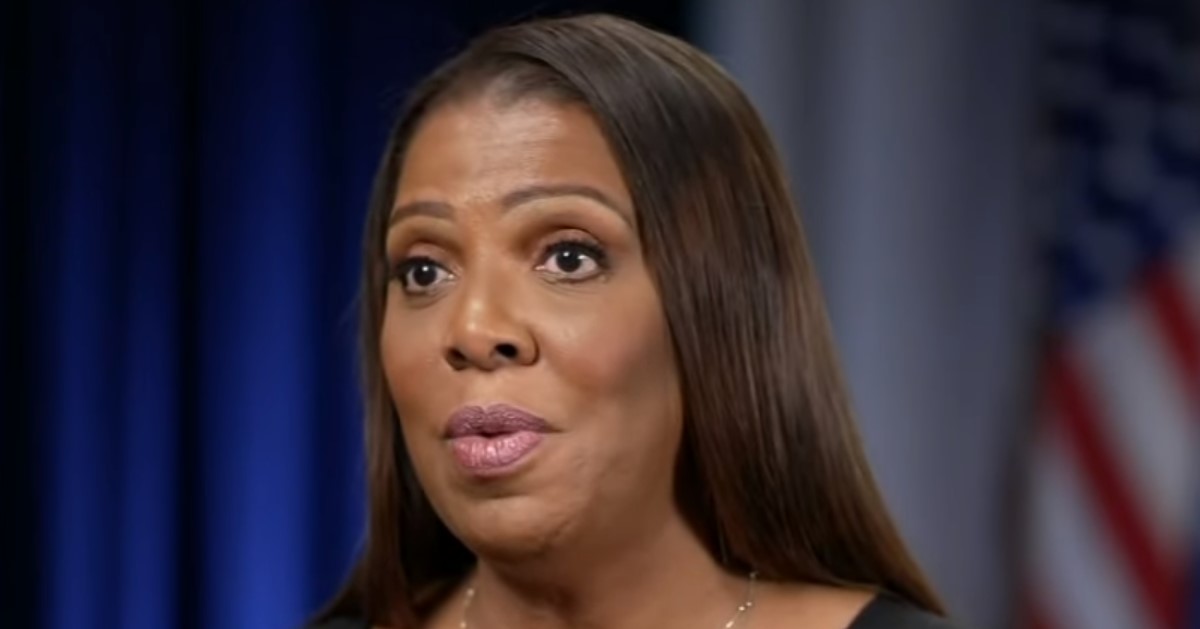Trump admin to ask Supreme Court to overturn 1935 precedent limiting power of president to fire certain federal workers
As part of a broader effort to reduce the size and scope of the federal workforce, President Donald Trump has fired or demanded resignations or early retirements from dozens of federal employees and officials. Unsurprisingly, he has faced resistance from some in the form of lawsuits that challenge his authority over executive branch workers.
The Trump administration has now informed Senate Democrats that it intends to urge the U.S. Supreme Court to overturn a nearly 90-year-old precedent that many of those resistant federal workers are relying upon to keep their jobs, Newsweek reported.
That case, known as Humphrey's Executor v. U.S., established that employees and officials of purportedly "independent" agencies, boards, and commissions within the executive branch are protected from being terminated without just cause.
Precedent limits the power of the chief executive
In 1935, the Supreme Court sided unanimously with the estate of the deceased William Humphrey, who'd been appointed to head the Federal Trade Commission by former President Herbert Hoover but was fired over political differences by former President Franklin D. Roosevelt, with the estate claiming the termination was unconstitutional and the lawsuit seeking to recover Humphrey's lost salary for the period from his firing to his death a short time later.
In Humphrey's Executor v. U.S., the court looked past its own precedent nine years earlier in 1926's Myers v. U.S. that granted nearly limitless power to the chief executive to hire and fire federal workers and instead ruled that, at least as it pertains to certain executive branch bodies created by Congress as "independent" with authority to perform "quasi-legislative and judicial functions," the power to fire and remove employees and officials was not unlimited.
Given that some of the federal workers President Trump has fired have cited Humphrey's in their defense, Acting Solicitor General Sarah Harris sent a letter to Senate Judiciary Committee ranking member Dick Durbin (D-IL) to inform him that the administration had determined that "certain for-cause removal provisions" were unconstitutional and would no longer be defended in court.
Further, Harris wrote that the Justice Department "intends to urge the Supreme Court to overrule [Humphey's Executor], which prevents the President from adequately supervising principal officers in the Executive branch who supervise the laws on the President's behalf, and which has already been severely eroded by recent Supreme Court decisions."
Lawsuits from fired officials cite Humphrey's Executor
The likely impetus for this move by the Trump administration, per Newsweek, is a lawsuit filed by Gwynne Wilcox, who was fired from the National Labor Relations Board by President Trump but has challenged that termination as unlawful under Humphrey's Executor.
"The President's firing of Ms. Wilcox by late-night email was a blatant violation of the National Labor Relations Act," her suit declared. "The President's removal of Ms. Wilcox without even purporting to identify any neglect of duty or malfeasance, and without notice or a hearing defies ninety years of Supreme Court precedent that has ensured the independence of critical government agencies like the Federal Reserve."
Another plausible reason, according to CNN, is a lawsuit filed by Hampton Dellinger, who was fired by Trump from his position as special counsel of the Office of Special Counsel, which helps protect federal whistleblowers, and who has similarly cited Humphrey's Executor in his defense from termination.
Likely headed to the Supreme Court
Either one of those lawsuits has real potential to be appealed to the Supreme Court, but those fired officials may want to recalibrate their expectations if they think the justices will unanimously side with them and uphold the precedent that limits the power of the chief executive to effectively manage the executive branch.
It was just four years ago that the court nearly overturned Humphrey's Executor in a case that reeled in the purported independence of the Consumer Financial Protection Board from the executive branch, though Chief Justice John Roberts stopped tantalizingly short from doing so.
Justice Clarence Thomas, however, joined by Justice Neil Gorsuch, wrote separately that Humphrey's Executor posed a "direct threat to our constitutional structure and, as a result, the liberty of the American people," and concluded, "In a future case, I would repudiate what is left of this erroneous precedent."
If the challenges filed by either Wilcox or Dellinger reach the high court, and in light of the Trump administration's new position on the disputed precedent, Thomas, Gorsuch, and Roberts will get that opportunity to correct the court's prior mistake.






